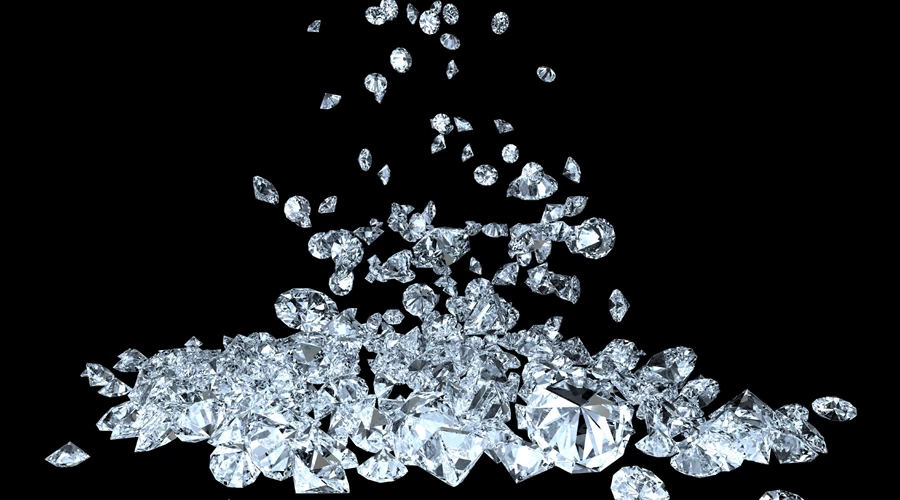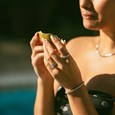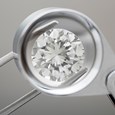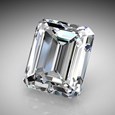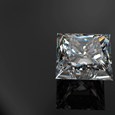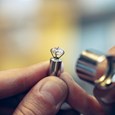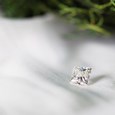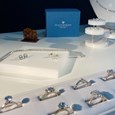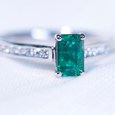Sign up for our Newsletter
Which Diamond should I buy???
January 17 2023
We have decided we are buying a diamond engagement ring, now its time to focus on exactly on how to make the best choice!!! The 4C’s are the starting point, and below is a quick guide...
Cut Grade
As the only characteristic of a diamond that is not entirely influenced by nature, the cut of the diamond is open to mistakes. A beautifully cut diamond has facets (the tiny planes cut on the diamond's surface) that are angled and sized to ensure that light reflects and exits the diamond for maximum sparkle. If the facets are too deep or too shallow the diamond will be less brilliant!
The cut also determines the shape of the diamond.
Click here for a deep dive into diamond cut grading.
Colour
Diamonds can vary wildly in colour. Diamonds are graded on a colour scale from “D” to “Z”. The higher up the scale, and closer to “D” the whiter and more valuable a diamond is. The distinctions between close grades are very subtle and not often obvious until two diamonds are examined side by side. Diamonds with very strong and distinct colours are extremely rare and are called “Fancies”.
A good way of making your diamond budget go further is to compromise slightly on the colour grade. For a more detailed explanation of colour, Click here for a more detailed explanation of diamond colour.
Clarity
Of the 4C's Clarity is the characteristic that is considered to have the least impact on the diamond's appearance. If you look into a diamond through a jeweller's loupe you will see small “inclusions”, also known as “nature's fingerprints” They can look like tiny feathers or clouds and may affect the diamond's sparkle. However is it really worth worrying about something you can't actually see? Approx 80% of SI1-graded diamonds are eye clean, meaning inclusions and flaws cannot be seen with the naked eye.
Click here for more details and examples of diamond clarity
Carat Weight
The weight of a diamond is measured by carat. A carat is equal to 0.2gm (about the same weight as a paperclip), or 200mgm. A carat is divided into 100 smaller units called points. For example, three-quarters of a carat is 75 points or 0.75.
By itself, carat weight is not a reliable indicator of how big a diamond is when viewed from the top. It also depends on other factors such as the quality and depth of the cut. Click here for more information on carat weight.
SO... WHICH DIAMOND????
Having said all this, the 4C's are only the starting point when searching for a loose diamond because diamonds with similar gradings may vary wildly in price!
When you search many online diamond retailers you input your preferred 4C parameters including Shape, Cut, Carat Weight, Colour and Clarity. Good online retailers will provide several options. Our diamond database contains over 350,000 individual stones, so your search can result in hundreds of stones. But, how can you be sure that the diamond you choose is the best on offer? To help you we have developed our own unique comparison tool called DiamondScore. – a method of scoring each diamond that takes into account the 4Cs + several additional vital statistics.
DiamondScore
In a nutshell, DiamondScore provides a quality score for the 4C's along with the following attributes.
- The gemological laboratory that certified the diamond
- Table Percentage
- Depth percentage
- Polish
- Symmetry
- Fluorescence
- Girdle
- Length to width ratio.
By analysing each of these characteristics DiamondScore provides a numerical value out of 10 that is displayed within your Quality Diamonds search results. This figure can be used to compare several diamonds to each other. The higher the score, the better the diamond! Click here to find out how our unique DiamondScore works.
Alternatively, feel free to contact us or make an appointment at one of our showrooms in London, Birmingham or Milton Keynes.
-
Ethically Sourced Diamonds
-
Handmade in the UK
-
FREE Shipping Worldwide
-
60 Day Returns

